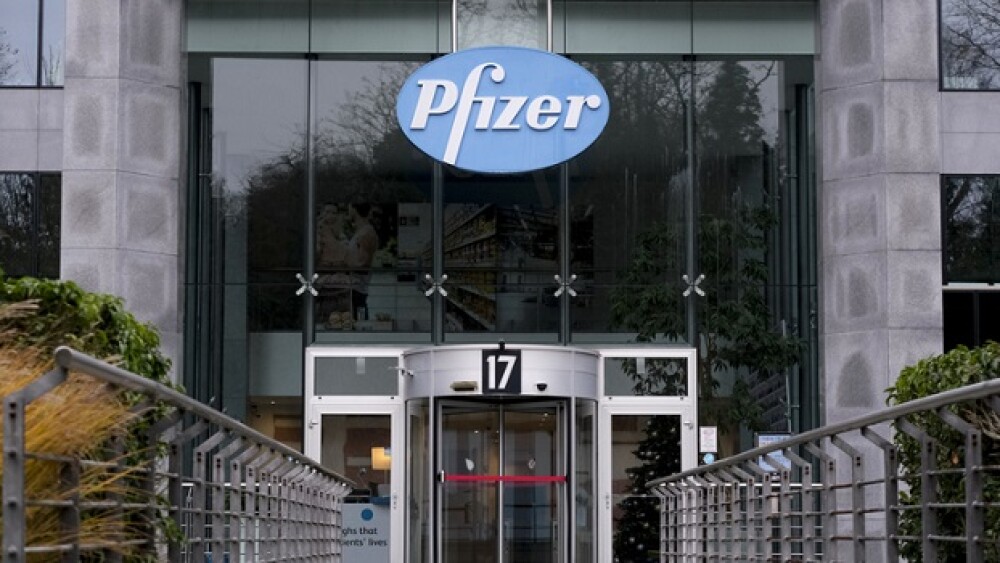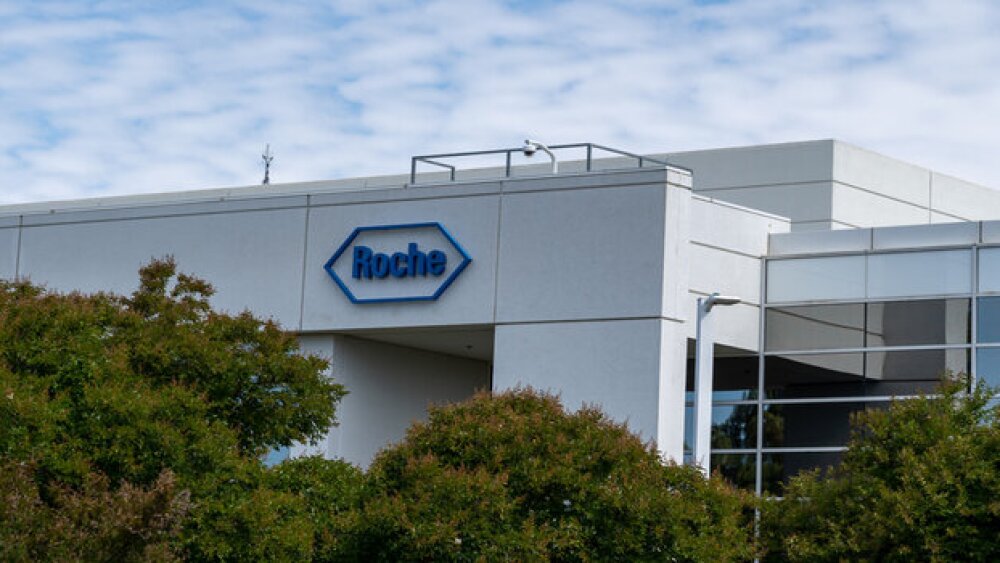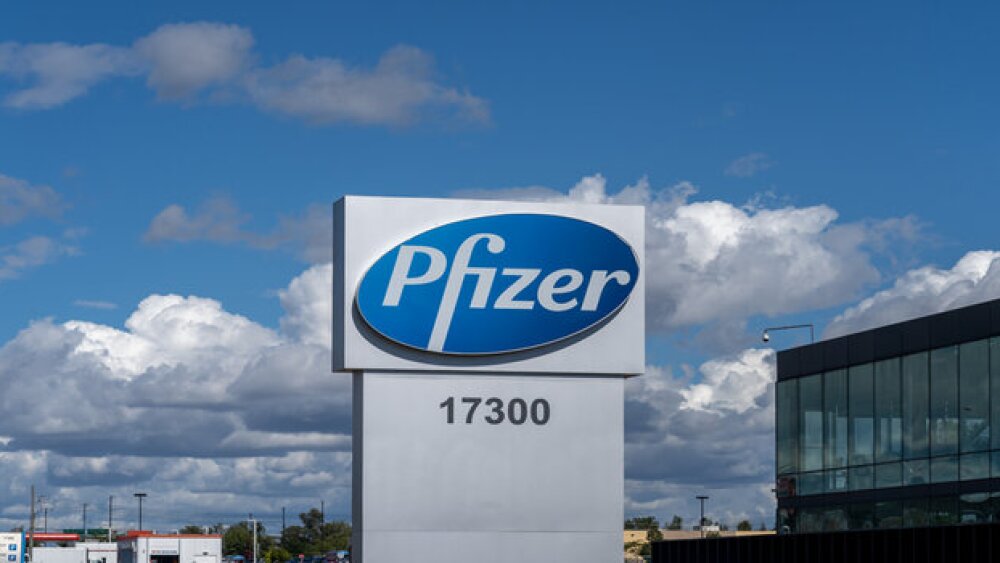The takeover of its competitor, announced Sunday, could also bring some attention to Dyne Therapeutics, which has a similar RNA-based pipeline in rare muscle diseases.
Dyne Therapeutics stands to reap some fringe benefits from Novartis’ $12 billion acquisition of its chief competitor Avidity Biosciences, according to analysts, who noted that Sunday’s multibillion-dollar takeover validates the broader antisense oligonucleotide space.
Analysts at Stifel expect Dyne’s shares to trade “meaningfully higher” once markets open on Monday. “When a competitor is taken out, it can always feel a little like the other company was the ‘chosen one,’” the group told investors in a Sunday afternoon note, nevertheless adding that the Avidity buyout “is highly validating for the space.”
Jefferies concurred. “We think [Novartis’] planned acquisition of RNA (Avidity) validates the RNA approach for rare muscle diseases,” analysts at the firm wrote in their own note Sunday evening.
Moreover, Stifel posited that an acquisition deal of its own could be on Dyne’s horizon. The “significant premium” at which Novartis acquired Avidity—46% to the biotech’s closing price on Friday—“suggests that the deal may have been competitive,” the analysts wrote. “We think any potential acquirers who were interested and missed out on [Avidity] could plausibly look to DYN.”
Shares of Dyne are up 37.6% in pre-market trading Monday morning.
Both Dyne and Avidity are working on therapies for rare muscle diseases that consist of a targeting mechanism linked to a payload that exerts a therapeutic effect. In the case of Dyne, this payload could be a biologic or an oligonucleotide, which goes after a specific RNA, in turn suppressing the levels of its corresponding pathogenic protein.
This approach is the foundation of Dyne’s most mature programs, DYNE-101, which Dyne named zeleciment basivarsen, for myotonic dystrophy type 1 (DM1) and DYNE-251, or zeleciment rostudirsen, for Duchenne muscular dystrophy (DMD)—both of which are also being targeted by Avidity. Earlier this month, Dyne released 1-year DM1 data for DYNE-101, touting “robust improvement” in a variety of clinical outcomes, including video hand opening time (vHOT), a common measure used to assess hand myotonia.
A readout in May 2024 also demonstrated that DYNE-101 resulted in a mean splicing correction of 27% at 3 months, an effect that improved with dose.
In DM1, “the jury is still out on who between [Dyne or Avidity] has the better program,” Stifel wrote on Sunday, however insisting that the market is “easily big enough” for two players. The analysts did write that Dyne’s Phase I/II data appear stronger than Avidity’s, pointing to “more consistent effects” on vHOT and a larger effect size on target splicing.
Jefferies suggested that Dyne could beat Avidity to market in some indications, including DM1, based on its DYNE-101 data.
Stifel also pointed to Dyne’s upcoming news flow. In its second-quarter earnings report in July, the biotech noted that it expects to read out additional DM1 data in mid-2026, building up to a biologics license application for accelerated approval late next year. Similarly, the biotech is looking forward to initial registrational data for DMD later this year, with a filing planned for early 2026.
Avidity’s acquisition shines a spotlight on players advancing oligonucleotide therapies for rare muscular disorders, Stifel wrote. In the case of Dyne, it continued, the buyout particularly allows “investors to further appreciate the attractive catalyst path here with both DMD and DM1 data in less than 12 months.”






